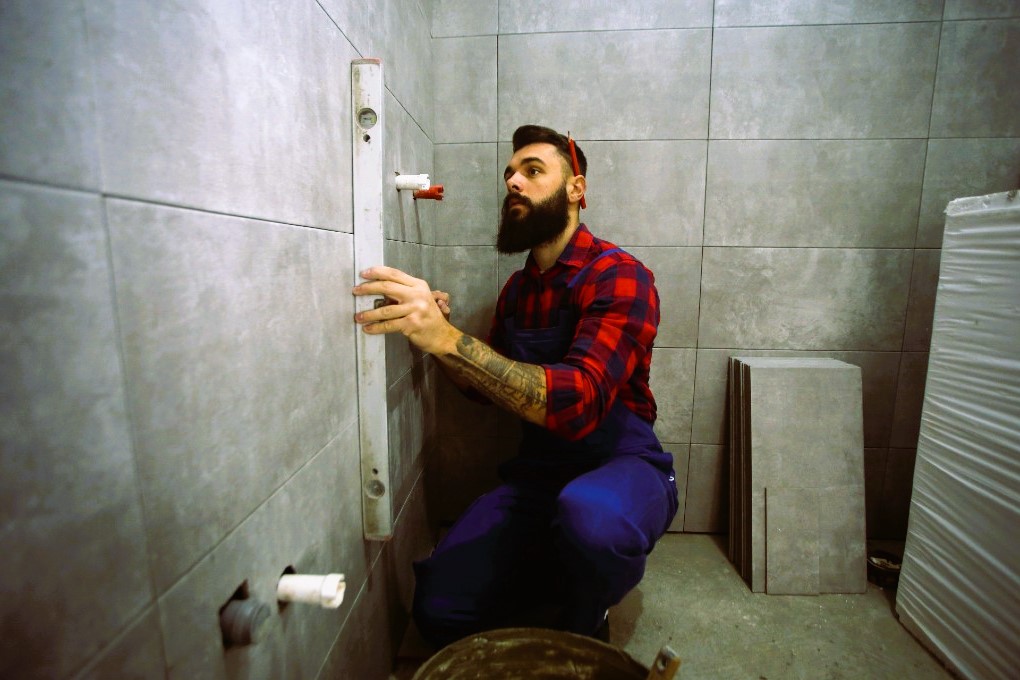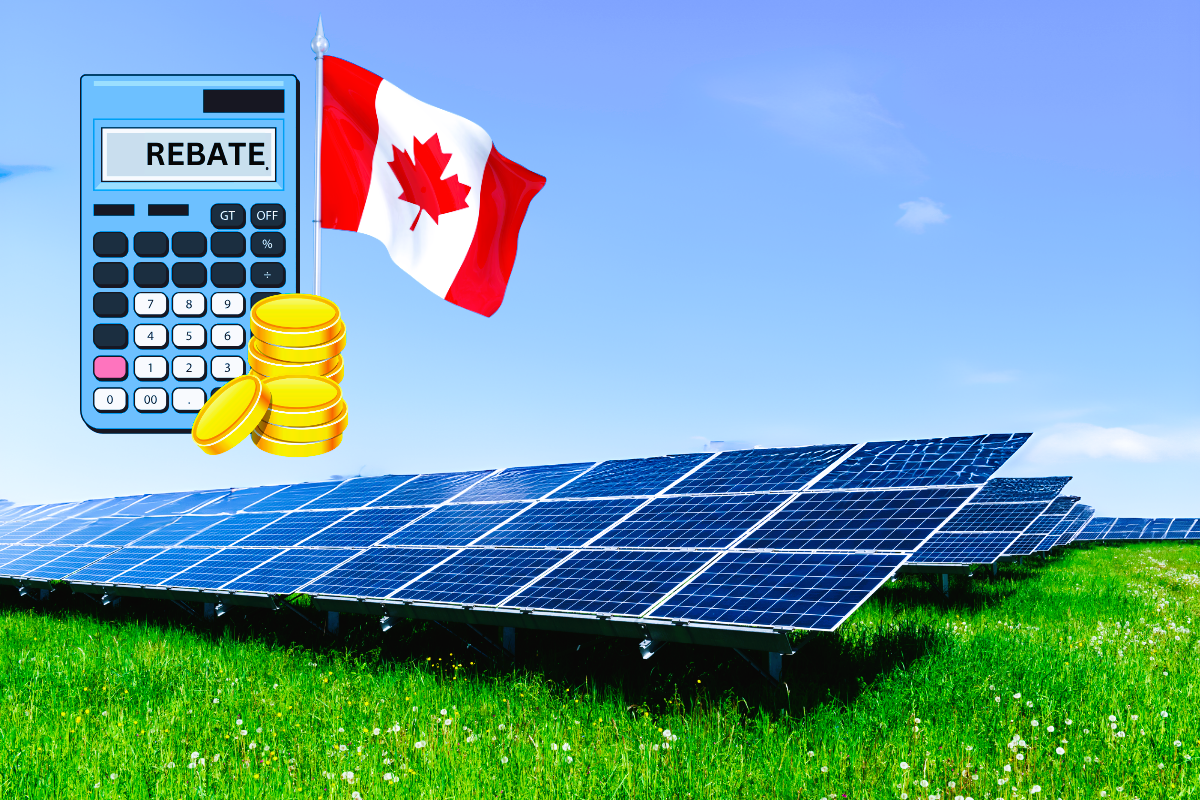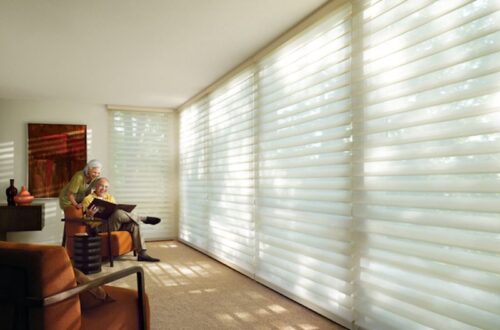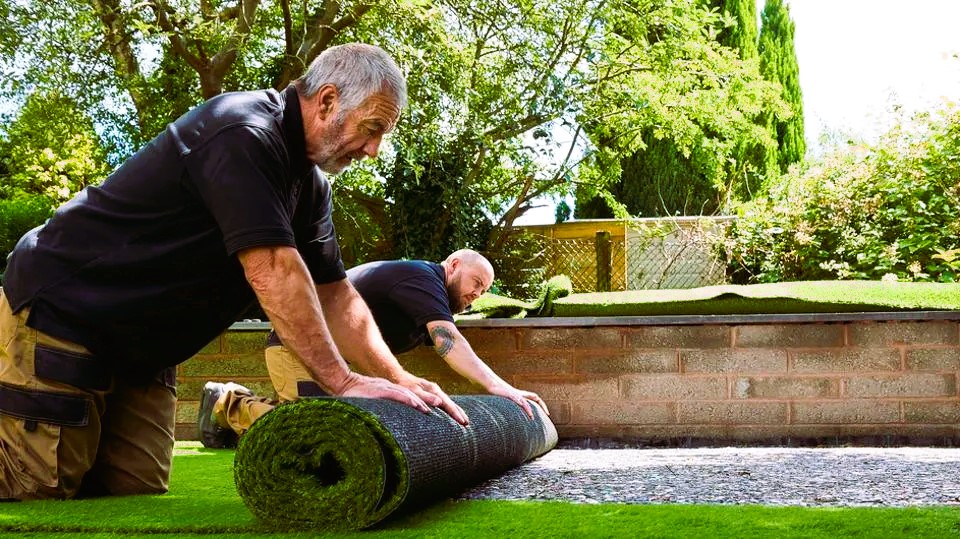Bathroom renovations are a common undertaking for Canadian homeowners seeking to enhance comfort, functionality, and aesthetics within their homes. Beyond the desire for a more stylish and modern bathroom, many Canadians are increasingly focused on making environmentally conscious and energy-efficient choices. To support homeowners in their bathroom upgrades, various rebate programs have been established across Canada, offering financial incentives and promoting sustainable practices. This article explores the intersection of bathroom renovations, energy efficiency, and the role of rebates in making these upgrades more accessible and affordable for Canadians.
The Evolution of Bathroom Renovations
Bathroom renovations have evolved beyond mere cosmetic makeovers to include a focus on sustainability, energy efficiency, and water conservation. Homeowners are now more inclined to invest in upgrades that not only enhance the aesthetic appeal of their bathrooms but also contribute to long-term savings and environmental responsibility.
The Triple Impact of Bathroom Upgrades
- Aesthetic Transformation: Bathroom renovations allow homeowners to transform outdated spaces into modern and aesthetically pleasing retreats. Upgrading fixtures, tiles, and finishes can give the bathroom a fresh and contemporary look.
- Energy Efficiency: With an increasing emphasis on energy conservation, homeowners are incorporating energy-efficient technologies into their bathroom upgrades. This includes the adoption of LED lighting, high-efficiency ventilation fans, and energy-efficient water heating systems.
- Water Conservation: Water-efficient fixtures such as low-flow toilets and faucets are becoming standard in bathroom renovations. These upgrades not only contribute to water conservation efforts but also result in lower water bills for homeowners.
The Role of Rebates in Bathroom Upgrades
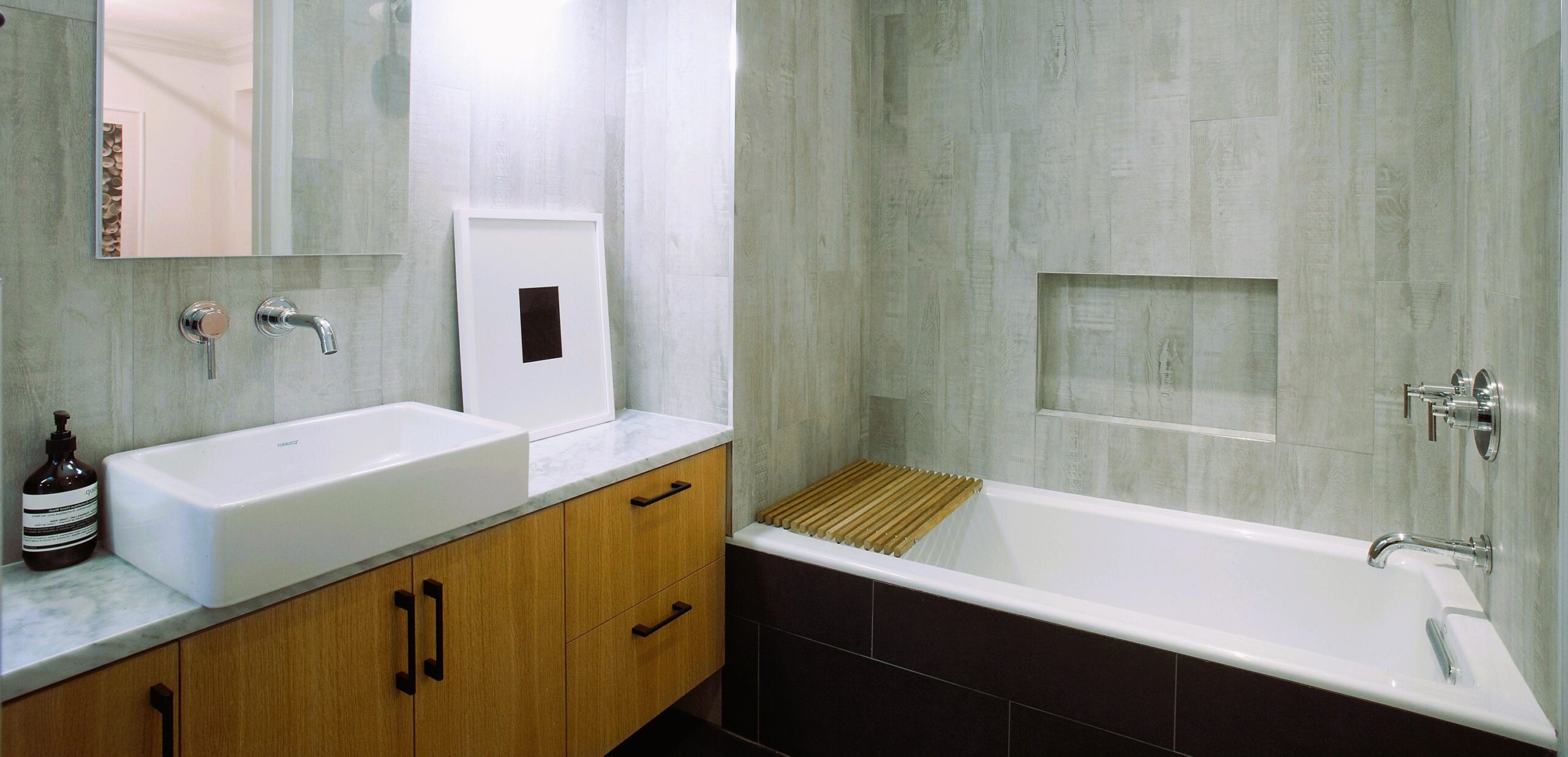
Recognizing the importance of encouraging sustainable and energy-efficient choices in bathroom renovations, governments and utility companies in Canada have introduced rebate programs. These programs provide financial incentives to homeowners who choose eco-friendly and energy-efficient options in their bathroom upgrades. Read about the revolution in renewable energy in our article.
Popular Rebate Programs for Bathroom Upgrades
- Home Energy Efficiency Rebates: Many provinces and territories in Canada offer comprehensive home energy efficiency rebate programs. These programs cover a range of upgrades, including bathroom fixtures and appliances that meet specific energy efficiency standards.
- Municipal Water Conservation Rebates: Some municipalities have implemented water conservation rebate programs to encourage homeowners to install water-efficient fixtures. Rebates are often provided for the purchase and installation of low-flow toilets, water-saving faucets, and efficient showerheads.
- Energy Star® Certification Incentives: Energy Star® is a widely recognized certification for energy-efficient products. Homeowners upgrading their bathroom appliances, such as ventilation fans, to Energy Star® certified models may qualify for rebates through utility programs.
- Green Building Certifications: Homeowners undertaking more extensive bathroom renovations may opt for green building certifications such as LEED (Leadership in Energy and Environmental Design) or BREEAM (Building Research Establishment Environmental Assessment Method). These certifications often come with financial incentives and recognition for sustainable practices.
Case Studies: Realizing Savings Through Bathroom Rebates
To illustrate the tangible benefits of rebate programs, let’s explore two hypothetical case studies of Canadian homeowners who utilized rebates in their bathroom upgrades.
Case Study 1: The Anderson Family’s Energy-Efficient Bathroom
The Anderson family in British Columbia decided to upgrade their bathroom with a focus on energy efficiency. They replaced outdated lighting fixtures with LED lights, installed an Energy Star® certified ventilation fan, and added a high-efficiency water heater. By participating in the provincial Home Energy Efficiency Rebate Program, they received substantial rebates, making their energy-efficient bathroom upgrade more affordable.
Case Study 2: The Chan Residence’s Water-Saving Renovation
The Chan family in Ontario aimed to reduce water consumption in their bathroom renovation. They installed low-flow toilets, water-saving faucets, and a high-efficiency showerhead. Taking advantage of the municipal water conservation rebate program, they not only contributed to water conservation efforts but also received financial incentives for their eco-friendly choices.
Standardization in Bathroom Upgrades
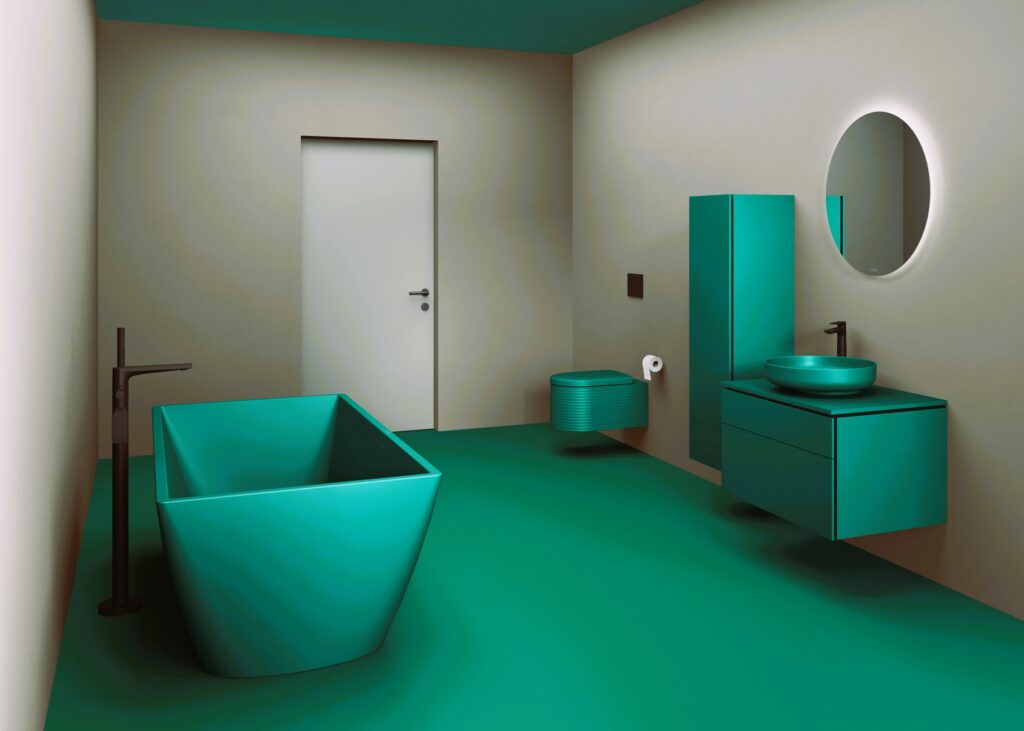
Ensuring the quality, safety, and energy efficiency of products used in bathroom upgrades is essential. Standardization plays a crucial role in establishing industry norms and best practices. For information on standards related to bathroom fixtures and appliances, homeowners are encouraged to refer to reputable sources such as Wikipedia and Canada.ca. These resources provide valuable insights into the technical aspects of bathroom upgrades, helping homeowners make informed decisions that align with industry standards.
Conclusion
Bathroom upgrades are not only about enhancing the aesthetics and functionality of a home but also about making sustainable and energy-efficient choices. Rebate programs in Canada play a vital role in supporting homeowners in their efforts to create more eco-friendly bathrooms. By providing financial incentives for energy-efficient appliances, water-saving fixtures, and sustainable building practices, these programs make sustainable living more accessible and affordable.
For individuals seeking more information on bathroom upgrades, industry standards, and available rebates, reputable sources such as Wikipedia offer valuable insights. These resources empower Canadians to make informed decisions, ensuring that their bathroom upgrades align with the principles of sustainability, energy efficiency, and responsible water use. Embracing these eco-friendly practices not only benefits individual homeowners but also contributes to a collective effort to build a more sustainable and resilient nation.

